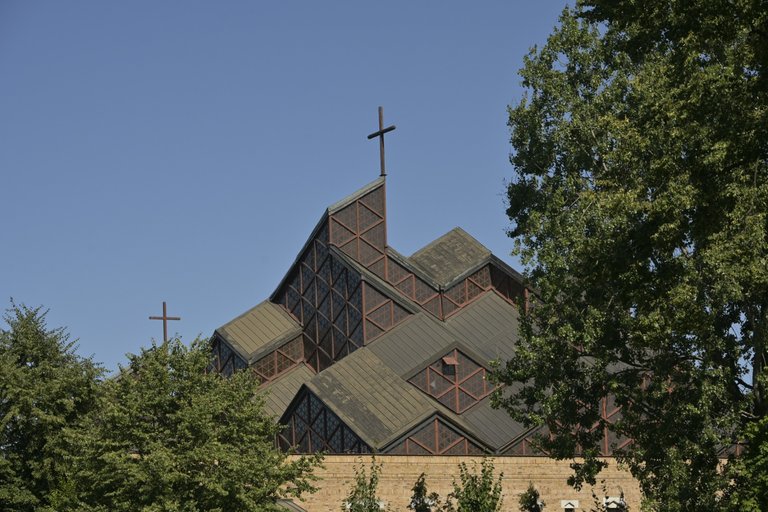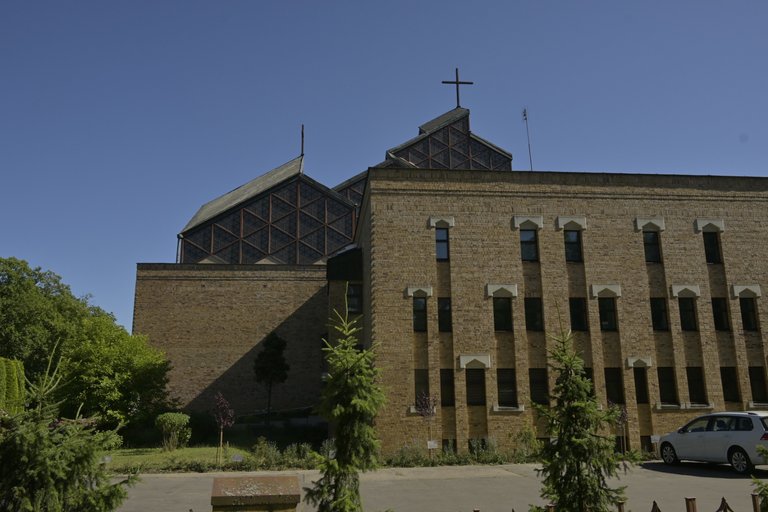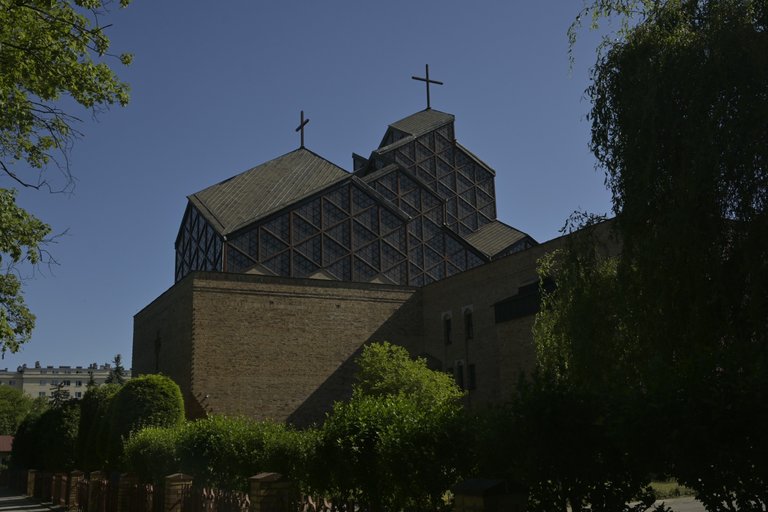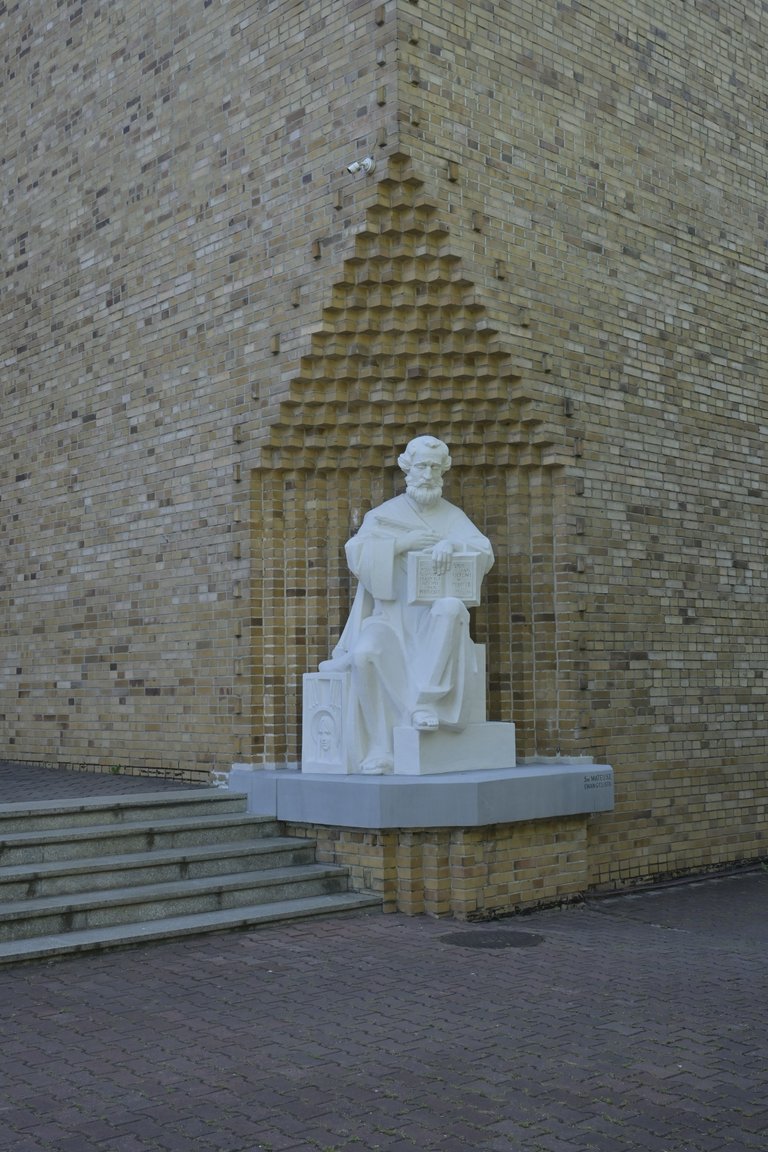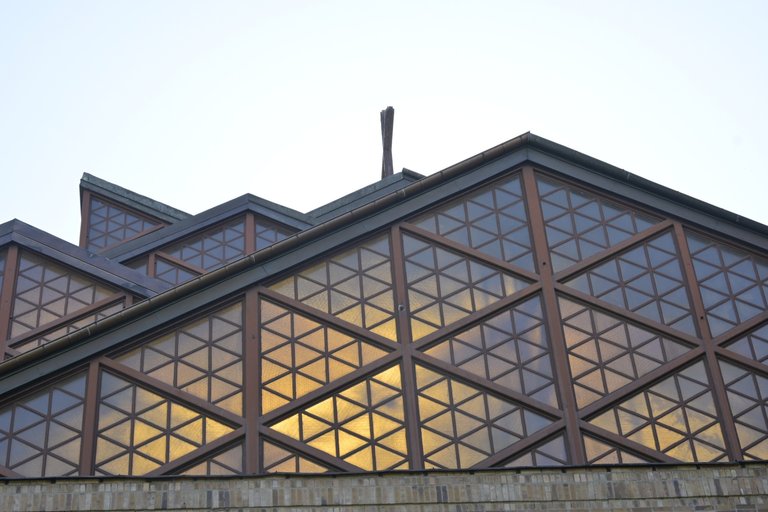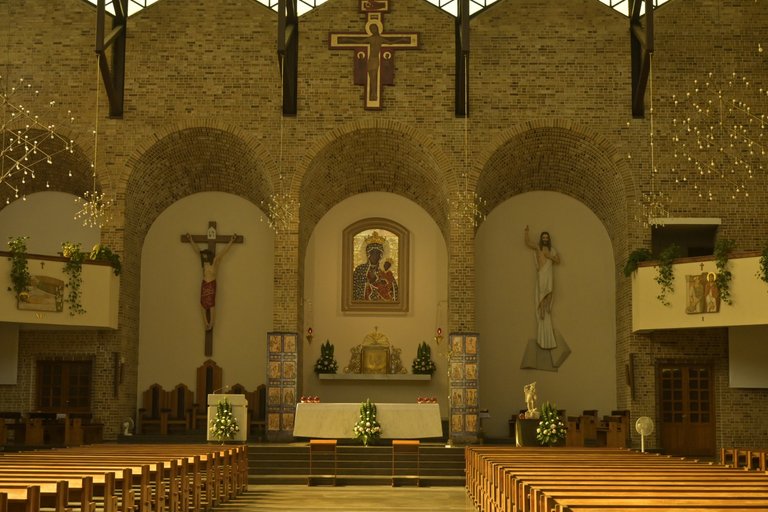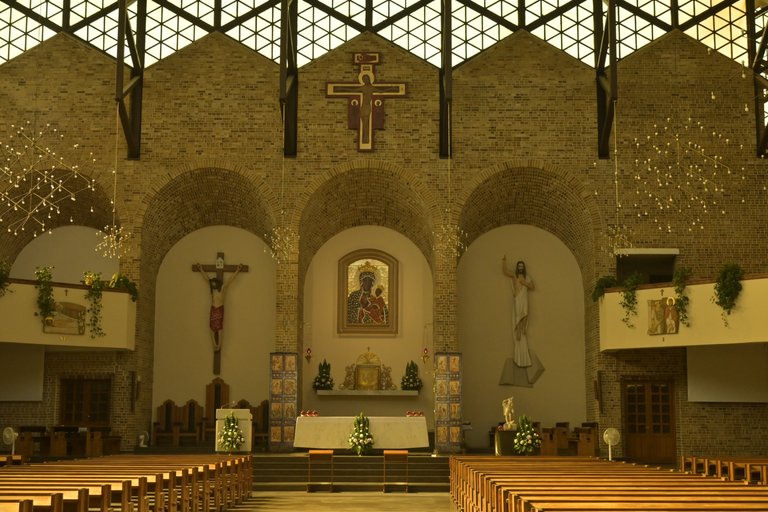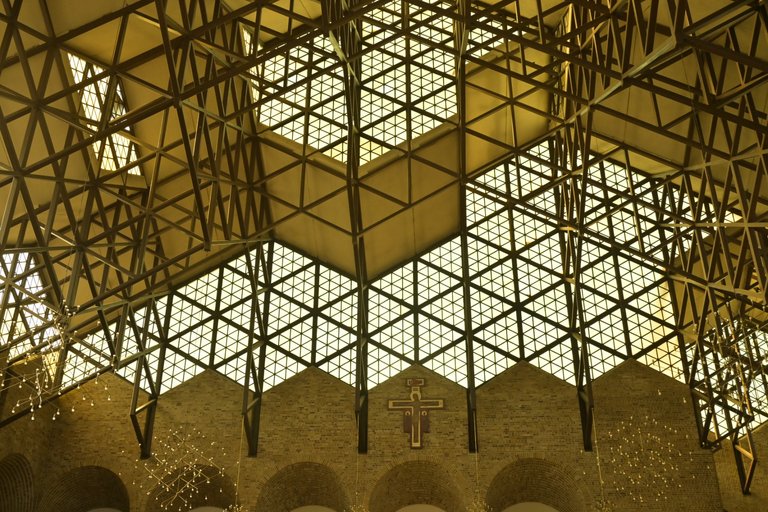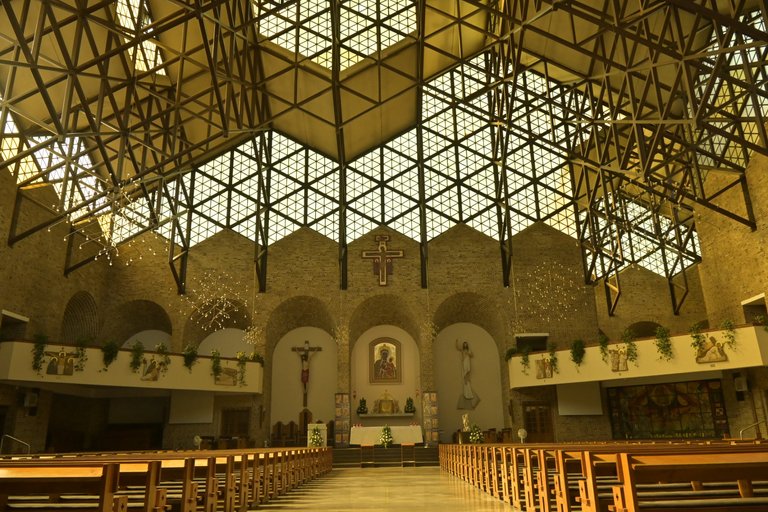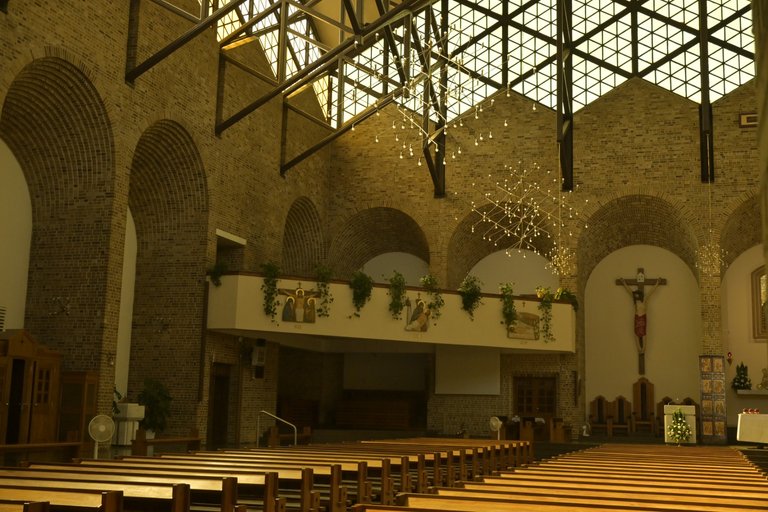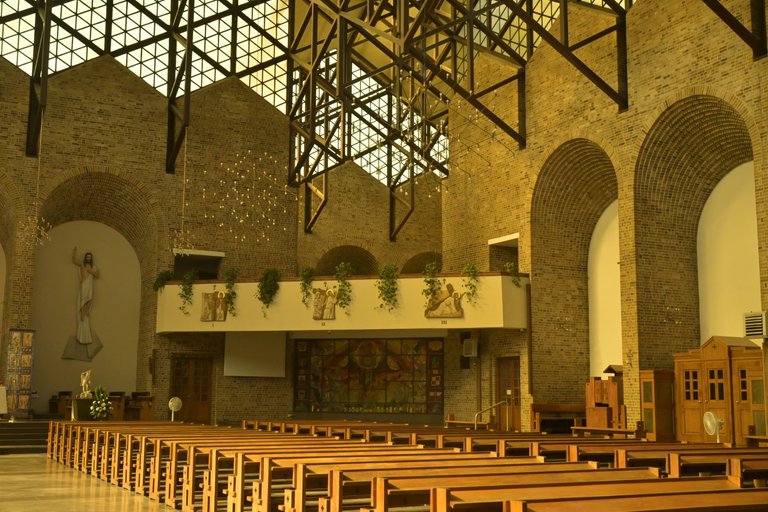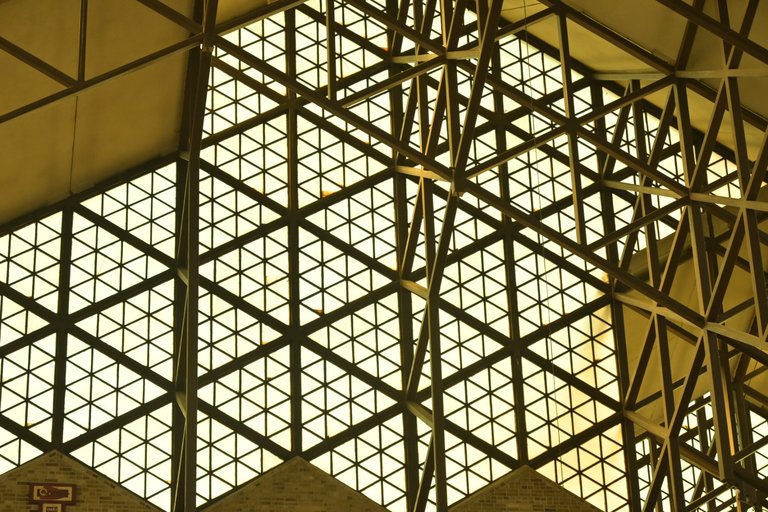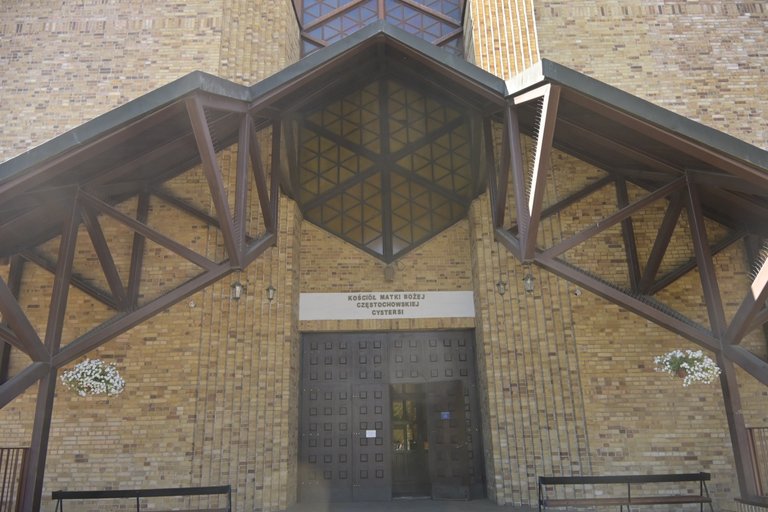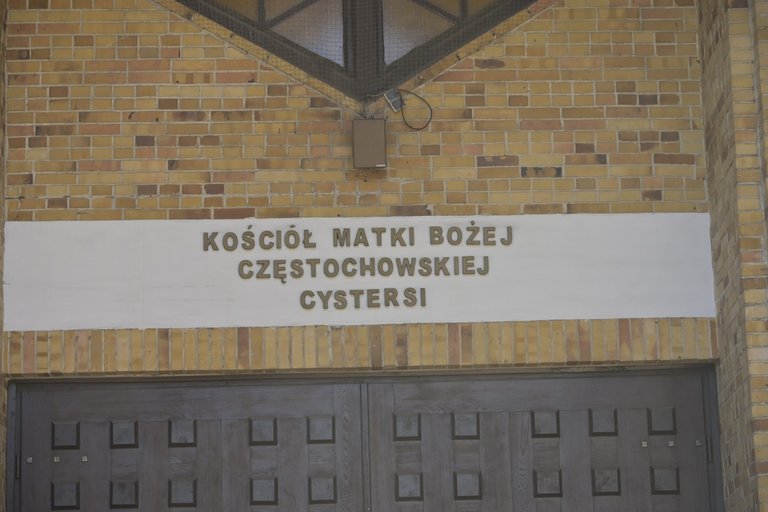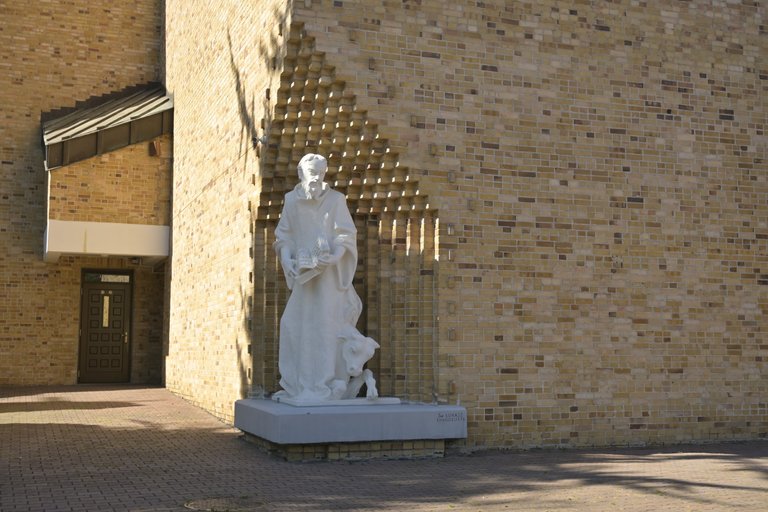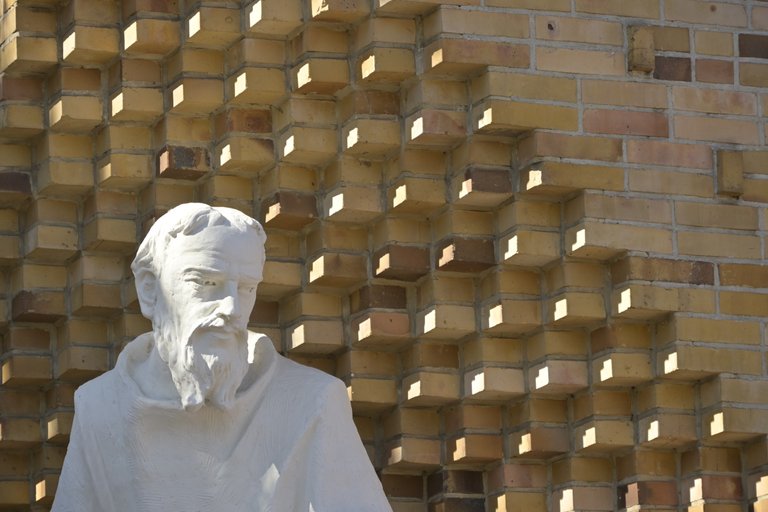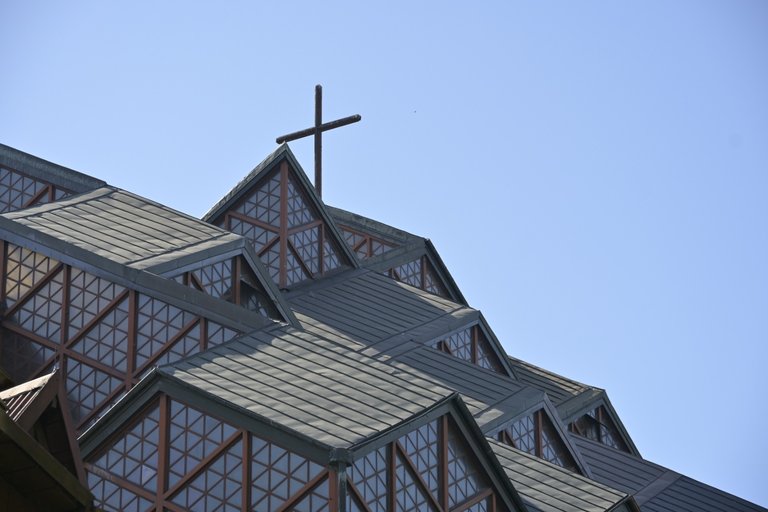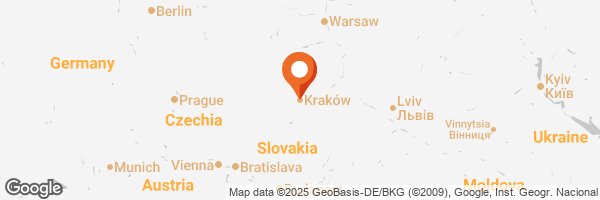[ENG]
Krakow is famous for its beautiful, centuries-old churches, but it is worth knowing that 20th-century temples also have their own history and unique character here. An exceptionally large number of these interesting 20th-century churches are located in Krakow's Nowa Huta, and one such place is the Church of Our Lady of Częstochowa in Krakow, located in the Szklane Domy housing estate. The history of this parish and church is a story about the determination of the residents of Nowa Huta - a district designed by the authorities of the Polish People's Republic as a "model socialist city" that was to be "without God". In the 1950s, Nowa Huta was to be not only a workers' dormitory for employees of the metallurgical plant, but also a symbol of "atheistic progress". The Church of Our Lady of Częstochowa does not resemble the classic Gothic basilicas or baroque sanctuaries of Krakow - it is a work of modernism with very clear symbolism. The shape of the design refers to a tent. The building has a characteristic, dynamic shape - a soaring, tilted body, the walls of which rise upwards like sails or wings. The roof is supported by a massive reinforced concrete structure, which gives the impression of spaciousness and lightness inside. The interior is bright, with plenty of daylight – numerous glazings and stained glass windows were used. The main altar is decorated with a copy of the painting of Our Lady of Częstochowa – the patron saint of the parish, who also became a symbol of the fight for the church in Nowa Huta. The stained glass windows and interior design are works of contemporary artists, and the whole maintains a coherent modernist style with elements of expression.
During the times of Solidarity and martial law, the church was a meeting place for the opposition and people of culture – here they prayed for the homeland, organized lectures and concerts, and distributed independent publications. The temple was therefore not only a place of worship, but also a symbol of freedom of speech and social solidarity. The building is located on the "Nowa Huta. Alternative history" trail and is often shown during thematic city tours. Although the Church of Our Lady of Częstochowa in Kraków is not a monument in the classic sense, its history and architecture are very important for the identity of Nowa Huta.
Address:
os. Szklane Domy 7
31-972 Kraków
Website:
http://www.szklanedomy.cystersi.pl
Masses on Sundays and celebrations:
6:30, 8:00, 9:30, 11:00, 12:30, 17:00, 19:00, 20:30
[PL]
Kraków słynie z przepięknych, wielowiekowych kościołów, ale warto wiedzieć, że również XX-wieczne świątynie mają tu swoją historię i wyjątkowy charakter.Wyjątkowo dużo tych ciekawych XX wiecznych kościołów znajduje się na Krakowsiej Nowej Hucie, a jednym z takich miejsc jest Kościół Matki Bożej Częstochowskiej w Krakowie, znajdujący się osiedlu Szklane Domy. Historia tej parafii i kościoła to opowieść o determinacji mieszkańców Nowej Huty – dzielnicy zaprojektowanej przez władze PRL jako „modelowe miasto socjalistyczne”, które miało być „bez Boga”. W latach 50. Nowa Huta miała być nie tylko robotniczą sypialnią dla pracowników kombinatu metalurgicznego, ale też symbolem „ateistycznego postępu”.
Kościół Matki Bożej Częstochowskiej nie przypomina klasycznych krakowskich gotyckich bazylik czy barokowych sanktuariów – to dzieło modernizmu z bardzo czytelną symboliką. Projekt nawiązuje kształtem do namiotu. Budynek ma charakterystyczny, dynamiczny kształt – strzelistą, pochyloną bryłę, której ściany wznoszą się w górę niczym żagle lub skrzydła. Dach wspiera się na potężnej żelbetowej konstrukcji, która w środku daje wrażenie przestronności i lekkości. Wnętrze jest jasne, z dużą ilością światła dziennego – zastosowano liczne przeszklenia i witraże. Ołtarz główny zdobi kopia obrazu Matki Bożej Częstochowskiej – patronki parafii, która stała się również symbolem walki o kościół w Nowej Hucie. Witraże i wystrój wnętrza to dzieła współczesnych artystów, a całość zachowuje spójny modernistyczny styl z elementami ekspresji.
W czasach Solidarności i stanu wojennego kościół był miejscem spotkań opozycji i ludzi kultury – tu modlono się za Ojczyznę, organizowano wykłady i koncerty, rozdawano niezależne publikacje. Świątynia była więc nie tylko miejscem kultu, ale i symbolem wolności słowa i solidarności społecznej. Obiekt znajduje się na szlaku „Nowa Huta. Alternatywna historia” i często bywa pokazywany podczas miejskich wycieczek tematycznych. Choć Kościół Matki Bożej Częstochowskiej w Krakowie nie jest zabytkiem w klasycznym sensie, jego historia i architektura są bardzo ważne dla tożsamości Nowej Huty.
Adres:
os. Szklane Domy 7
31-972 Kraków
Strona internetowa parafii:
http://www.szklanedomy.cystersi.pl
Msze Święte w niedziele i święta
6:30, 8:00, 9:30, 11:00, 12:30, 17:00, 19:00, 20:30
